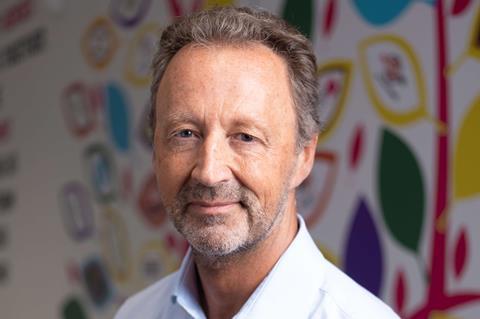
Hilton Foods has always hidden its light under a bushel. As an own-label supplier, that’s par for the course. But since the pandemic it’s changed beyond all recognition in terms of size and scope. So much so that it’s now Britain’s biggest food and drink supplier, overtaking Associated British Foods in The Grocer’s latest OC&C 150 rankings.
In the same report just three years ago, Hilton was eighth in the rankings, with sales of £1.82bn. In 2021, it rose six places to second in the annual rankings, as sales soared by 50% to £2.74bn. In 2022 it grew another 21% to £3.3bn. And with sales up a further 15.9% in the new report, sales rose to £3.84bn. So it’s more than doubled in size in just four years.
Turbocharging its growth has been expansion by both geography and category. Having pioneered centrally packed meat with Tesco in the 1990s, it used that long-standing relationship as a beachhead to expand into Ireland and Europe, before building up its capabilities in Europe, working with other retailers and developing a series of joint ventures along the way. The most significant JV, however, came in 2013 with the establishment of the Woolworths Meat Co in Australia, culminating in its acquisition of 100% of the assets seven years later.
Hilton Foods issued two profit warnings
In the meantime, it was moving into fish, snapping up Icelandic Seachill in 2017, again on the coat-tails of its Tesco relationship, followed up by a deal for Dutch smoked salmon specialist Foppen in 2022.
It also moved into foodservice in 2021 with the acquisition of UK catering meat wholesaler Fairfax Meadow.
But clearly acquisitions in and of themselves are not enough to guarantee success. And in fact, despite winning contracts with Delhaize in Belgium and Countdown in New Zealand in the early days of the pandemic, Hilton struggled to translate its meteoric growth into bottom-line profitability, issuing two profit warnings in 2022, causing its share price to tumble.
Amid the cost of living crisis, and with soaring costs to manage, that failure to match sales growth with margin improvement was a not uncommon finding of the OC&C report this year, limited to just 17 of the 150 companies in fact.
Steve Murrells is taking over from Hilton’s Philip Heffer
But the outlook for Hilton as it prepares to post its Q3 results tomorrow are positive. First, the seafood business has stabilised as costs have finally been recovered. On the meat side, meanwhile, business is understood to be booming. And the September announcement of a 10-year deal to supply Walmart Canada with a wide range of proteins, including seafood, as well as added-value products, in a heavily automated new plant, will have steadied nerves still further.
Succession planning has also been handled well, with Steve Murrells taking over from long-term CEO Philip Heffer in the spring. Murrells is best known these days for his work on the Co-op’s turnaround as CEO of Co-op Food and latterly Co-op Group. But Murrells was Tesco’s meat category director during those pioneering days when it first worked with Hilton in the 1990s, and was also Tulip’s CEO. So meat is in the blood.
Ever since Hilton Foods was founded in the 1960s, when it started operating primary processing, slaughter and de-boning facilities, it’s been an entrepreneurial business. That proud history of innovation continues to this day, including important investments in growth categories such as cultured meat as well as rolling out its supply chain automation expertise to other suppliers in conjunction with Agito.
And while many UK food and drink businesses have struggled to boost exports since Brexit, Hilton Foods has been blazing a trail. And with sales topping £2bn in its half-year results, it’s clear Hilton’s growth trajectory is ever upwards.







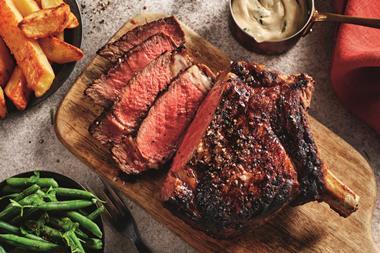
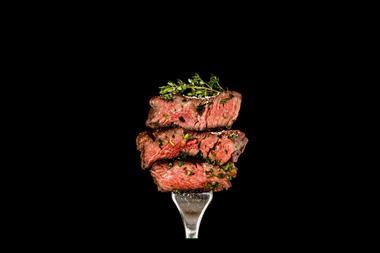
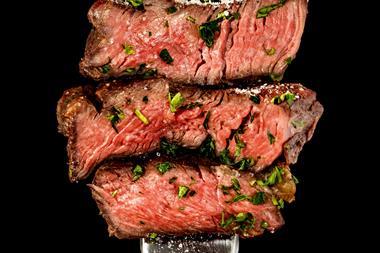
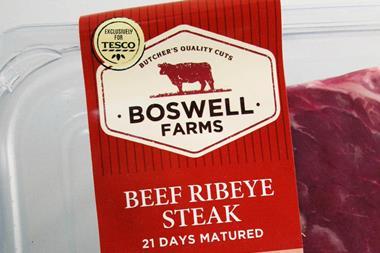

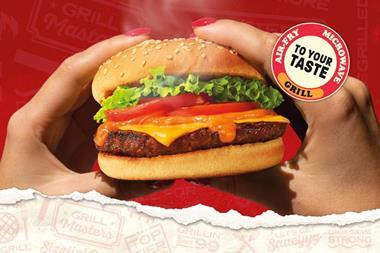
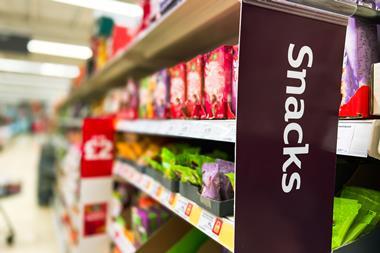
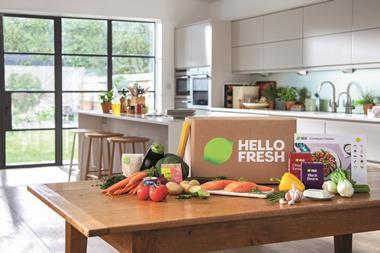




No comments yet